Life
Sign up for our newsletter
We summarize the week's scientific breakthroughs every Thursday.
-
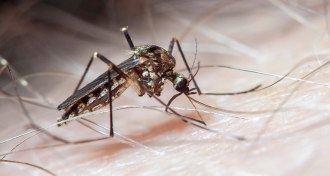 Animals
AnimalsBacterial compounds may be as good as DEET at repelling mosquitoes
A bacterium’s metabolic by-products are as effective as DEET in deterring Aedes aegypti mosquitoes.
-
 Paleontology
PaleontologyA four-legged robot hints at how ancient tetrapods walked
Using fossils, computer simulations and a life-size walking robot, researchers re-created how an early tetrapod may have made tracks.
-
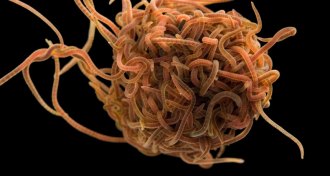 Animals
AnimalsHow worm blobs behave like a liquid and a solid
Blobs of worms flow like a fluid, plop like a solid and fascinate scientists.
By Susan Milius -
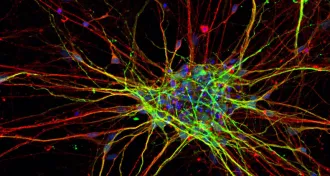 Neuroscience
NeuroscienceNerve cells from people with autism grow unusually big and fast
In some forms of autism, nerve cells develop faster than normal, possibly setting the stage for the disorder, a study finds.
-
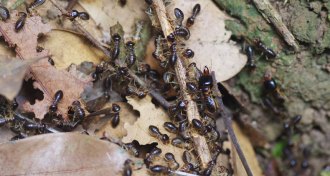 Animals
AnimalsPoison toilet paper reveals how termites help rainforests resist drought
Novel use of poisoned toilet paper rolls and teabags led to discovery that termites help tropical forests resist droughts.
By Yao-Hua Law -
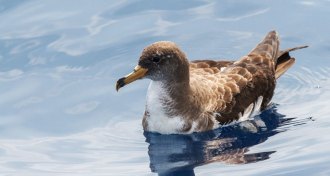 Oceans
OceansFloating seabirds provide a novel way to trace ocean currents
Seabirds idly drifting with ocean currents provide a novel way to track and understand how these flows change with time and location.
By Jeremy Rehm -
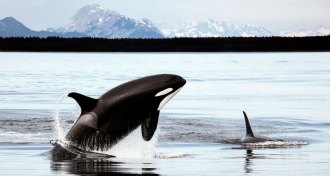 Animals
Animals50 years ago, scientists studied orcas in the wild for the first time
The study of killer whales has come a long way since the capture of seven in 1968 allowed scientists to study the animals in their habitat.
By Mike Denison -
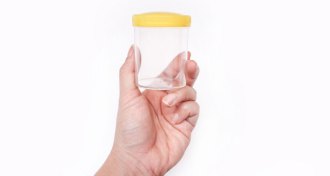 Health & Medicine
Health & MedicineStudies can be in vitro, in vivo and now ‘in fimo’ — in poop
Scientists have coined a new term — “in fimo” — to describe studies focused on feces.
-
 Animals
AnimalsA protein in mosquito eggshells could be the insects’ Achilles’ heel
A newly discovered protein found exclusively in mosquitoes may one day help control their numbers.
-
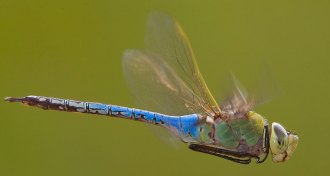 Animals
AnimalsGreen darner dragonflies migrate a bit like monarch butterflies
Some dragonflies do a north-south annual migration that takes at least three generations.
By Susan Milius -
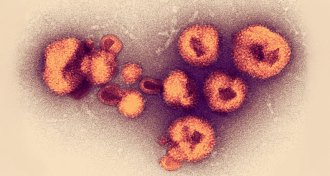 Health & Medicine
Health & MedicineDNA tests of Lassa virus mid-outbreak helped Nigeria target its response
New technology for analyzing genetic data quickly in the field guided how Nigeria dealt with an outbreak of Lassa fever in 2018.
-
 Agriculture
AgricultureA new way to genetically tweak photosynthesis boosts plant growth
A new chemical road map for a process called photorespiration in plant cells could reduce energy waste to increase plant productivity.